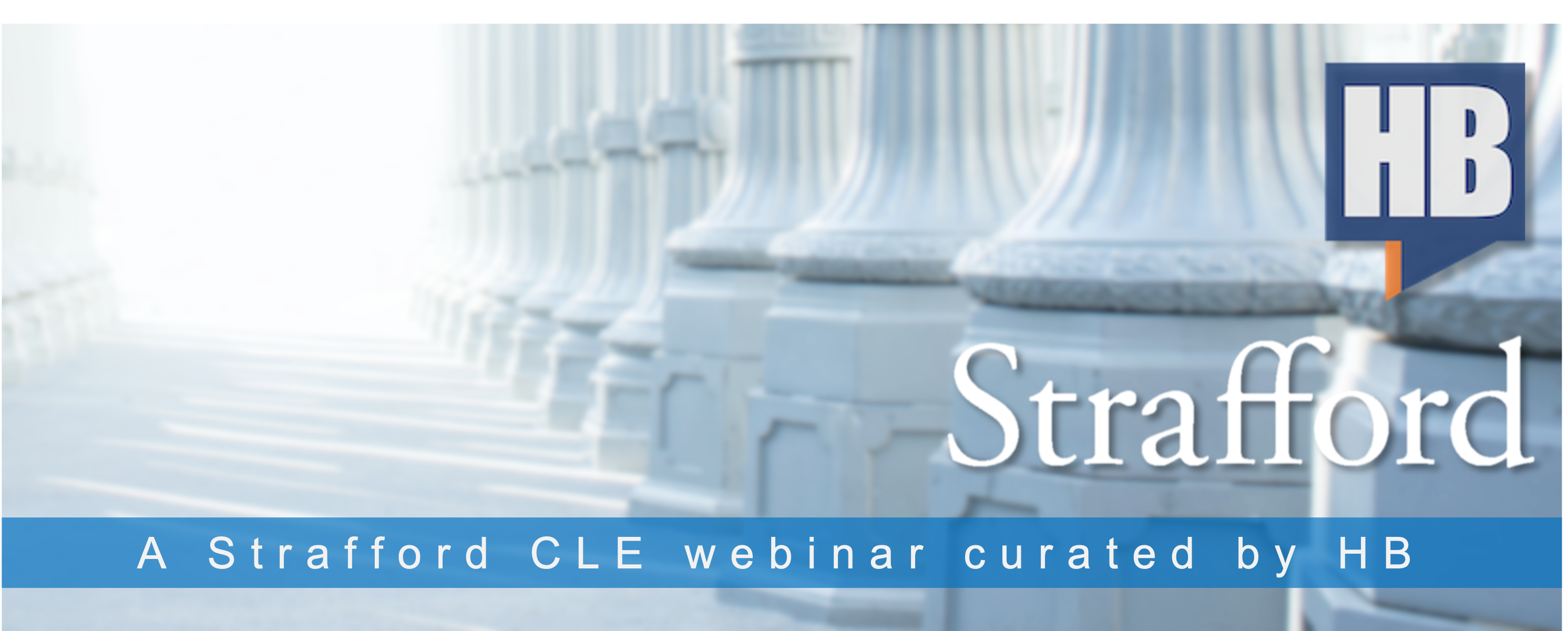Statistics in Class Certification and at Trial: Leveraging and Attacking Statistical Evidence
Lessons From Recent Cases on the Use of Statistics to Prove Classwide Liability and Damages

Photo by Colin Lloyd on Unsplash

Speakers
James Finberg
Partner
Altshuler Berzon
Aphrodite Kokolis
Counsel
Schiff Hardin
Topics
- What are the implications of recent case law on using statistical sampling to prove classwide liability and damages?
- What types of statistics can be introduced during certification and trial, and what are the proper ways to use them?
- What are the most compelling challenges to the use of statistical evidence?
Outline
- Overview of statistical concepts and their uses
- Notable case law
- Strategic considerations
